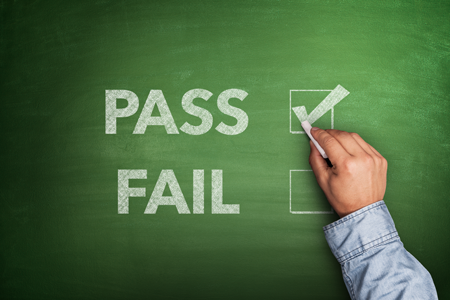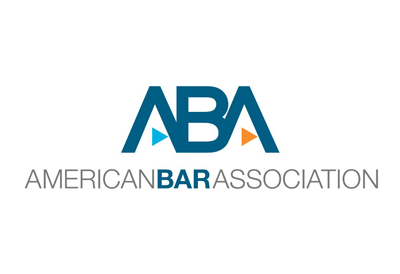ABA legal ed section's council to reconsider stricter bar passage standard

Image from Shutterstock.com.
The ABA’s Section of Legal Education and Admissions to the Bar will revisit a controversial proposal to tighten law school standards regarding bar passage rates when it meets in Chicago on May 17.
An agenda for the open session portion of the meeting does not list what actions will be considered on the proposed revision to Standard 316, which currently mandates a 75% pass rate for all graduates over the five most recent calendar years, or a 75% pass rate for at least three of those five years. However, meeting materials include a memo in support of the revision, requiring at least 75% of a law school’s graduates who sat for a bar exam to pass within two years of graduation.
The ABA House of Delegates voted against the proposed revision in February 2017 and January 2019. Under ABA rules the House can send a proposed revision back to the section’s council twice, but the council has the final decision on matters related to law school education.
No accredited law school has ever been out of compliance with the current version of Standard 316, which has “multiple methods for complying,” the memo states. For instance, a school can be in compliance if just 70% of its graduates pass the bar at a rate within 15 percentage points of the average first-time bar pass rate for ABA-approved law school graduates in the same jurisdiction for three out of the five most recently completed calendar years.
The council’s meeting materials include a FAQ sheet, which addresses what the group sees as shortcomings with the current version of Standard 316. That includes the possibility that it can take more than seven years to determine if a law school is in compliance with the standard. Additionally, only 70% of recent graduates’ bar passage outcomes have to be reported, so in theory, a law school with a bar passage rate of 52.5% could be in compliance. Meanwhile, in jurisdictions with few law schools—14 jurisdictions only have one, and 11 have two—the standard can be met with “objectively very low pass rates.”
If the council adopts the proposed revision at its meeting, it “will be effective at the conclusion” of the meeting, the FAQ sheet states. If adopted, the first time that law schools would be subject to the revision is the spring of 2020, when they file ultimate bar passage rates of 2017 graduates. Like the current version, once it’s determined that a law school does not meet the standard requirements, there are two years to come into compliance.
At the January 2019 House of Delegates meeting, former ABA presidents Robert Grey and Paulette Brown spoke against the proposed revision, which was shot down in a 334-88 vote. Both faulted the council for its data-collecting, arguing that the council merely sent out questionnaires to law schools. Brown, in particular, criticized the proposed revision as a move that would inhibit diversity within the legal profession.

The council’s May 6 memo includes two-year outcomes for ABA-accredited law schools, referred to as “ultimate bar passage rates.” Within two years, 88.6% of exam takers pass a bar, and at law schools associated with historically black colleges and universities, the aggregate two-year pass rate is 77.3%. Out of six HBCU law schools, two had two-year pass rates below 75%, according to the memo.
California law schools, where the state bar cut score of 144 is the nation’s second highest, are also addressed. The aggregate two-year bar passage rate for ABA-accredited law schools in California was 85.6%, according to the memo, and six of 21 had two-year pass rates below 75%.
William Patton, a professor emeritus at Whittier Law School who opposes the revision, says more California law schools will likely have lower bar passage rates going forward.
“I’ve done an empirical analysis with 2018 results; [the council is] looking at 2016 graduates,” Patton says. “Looking at the empirical data of the 2018 bar exam results in California, my prediction is that we will have nine ABA-approved California schools that will fail to meet the 75% bar passage standard.”
Nationwide, some law schools are out of compliance with Standard 316 this year, as well as looking back over a two-year period, according to the memo. But many schools will put in the effort to come into compliance, the memo reads, and some schools that don’t have an ultimate pass rate of 75% do meet that percentage in first-time pass rates for the past year.
Fourteen law schools would not meet the the 75% pass rate for either category, according to the memo. Of those law schools, three are operating under a teach-out agreement.
Kyle McEntee, executive director of Law School Transparency, predicts that the council will vote to implement the proposed revision at its May 17 meeting, and says that’s a good thing.
“Law schools need to be held accountable when they can’t produce adequate bar passage outcomes for graduates who pay a lot of money and spend a lot of time getting their JDs,” he says. “The council’s job is to regulate the schools, not ensure that the schools exist.”



